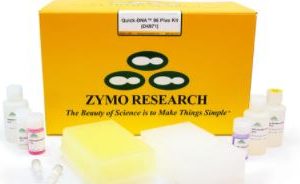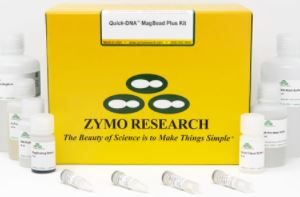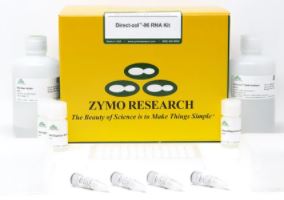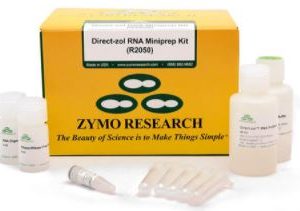Subtotal: $1,870.00
632381/632380/632475/632569-Antibodies to detect cyan fluorescent proteins AmCyan and ECFP- Takara
$174.00 – $456.00
Detect cyan fluorescent proteins AmCyan and enhanced cyan fluorescent protein (ECFP). For more information about which fluorescent protein(s) can be detected with each antibody.
| Cat. # | Product | Size | Description |
| 632381 | Living Colors® A.v. Monoclonal Antibody (JL-8) | 200 uL |
A monoclonal antibody produced by hybridoma cells against full-length Aequorea victoria green fluorescent protein (GFP). This antibody recognizes native and denatured forms of wild-type GFP, GFPuv, AcGFP, EGFP, destabilized EGFP variants, EBFP, EYFP, ECFP, AcGFP, and both N- and C-terminal fusion proteins containing these GFP variants in bacterial and mammalian cell lysates. |
| 632380 | Living Colors® A.v. Monoclonal Antibody (JL-8) | 20 uL |
A monoclonal antibody produced by hybridoma cells against full-length Aequorea victoria green fluorescent protein (GFP). This antibody recognizes native and denatured forms of wild-type GFP, GFPuv, AcGFP, EGFP, destabilized EGFP variants, EBFP, EYFP, ECFP, AcGFP, and both N- and C-terminal fusion proteins containing these GFP variants in bacterial and mammalian cell lysates. |
| 632475 | Living Colors® Anti-RCFP Polyclonal Pan Antibody | 100 uL |
The Living Colors Anti-RCFP Polyclonal Pan Antibody was raised in a rabbit against recombinant full-length Zoanthus sp. yellow fluorescent protein (ZsYellow). This pan antibody recognizes denatured forms of AmCyan, ZsGreen, ZsYellow, DsRed2, DsRed-Express, HcRed, AsRed, as well as fusion proteins containing these RCFP variants in bacterial and mammalian cell lysates. |
632569 | Living Colors® EGFP Monoclonal Antibody | 100 uL |
pEF1α-mCherry-N1 is a mammalian expression vector that constitutively expresses a protein of interest fused to the N-terminus of the red fluorescent protein mCherry, even after stable integration of the vector into the host cell genome. Stable, constitutive expression of the fusion protein is driven by the human elongation factor 1 alpha (EF1α) promoter, allowing the monitoring of a variety of cellular processes (such as differentiation in primary or stem cells) without the transgene silencing associated with CMV promoters. The unmodified vector can be used to express mCherry in mammalian cells. |
| Product | 632381, 632380, 632475, 632569 |
|---|

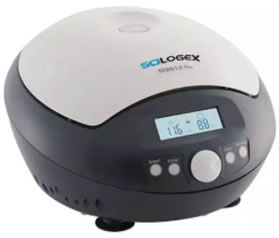 911015119999 D2012 Plus High Speed Personal Micro-Centrifuge Scilogex
911015119999 D2012 Plus High Speed Personal Micro-Centrifuge Scilogex 
